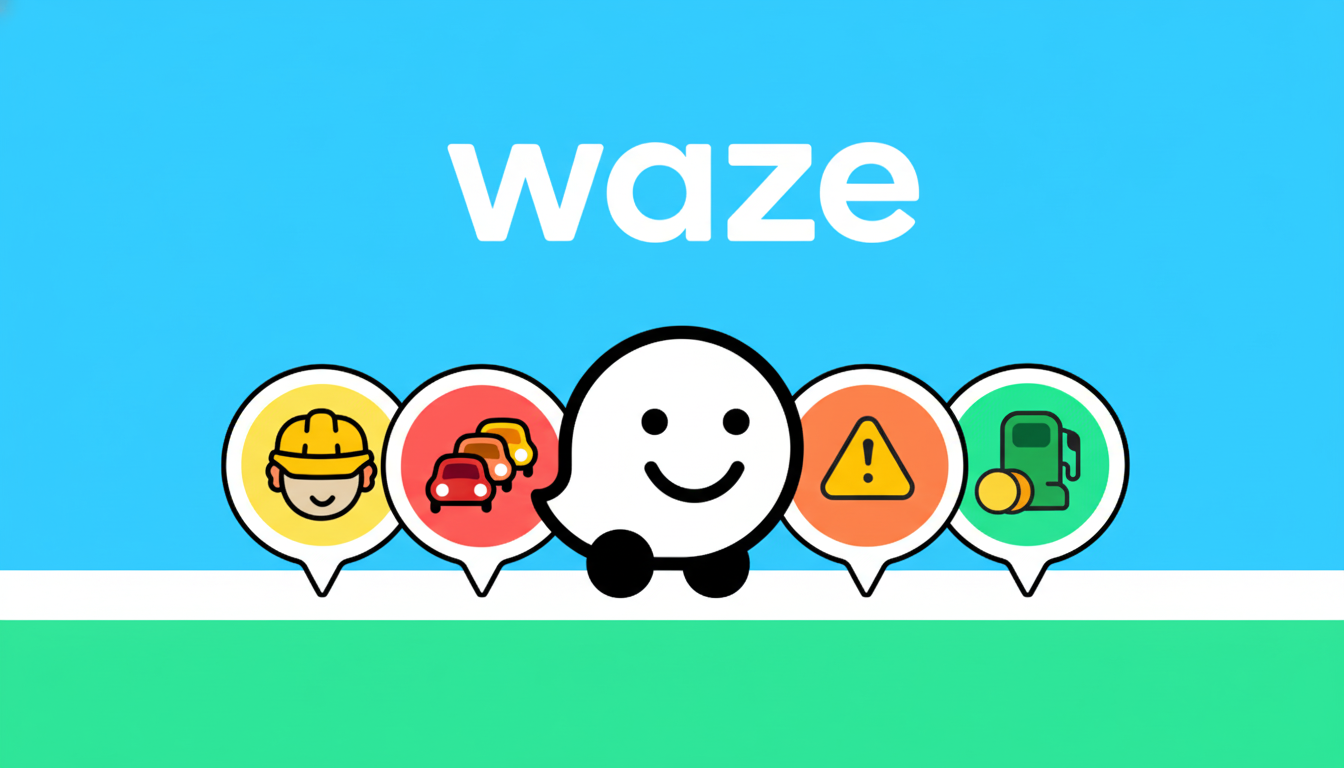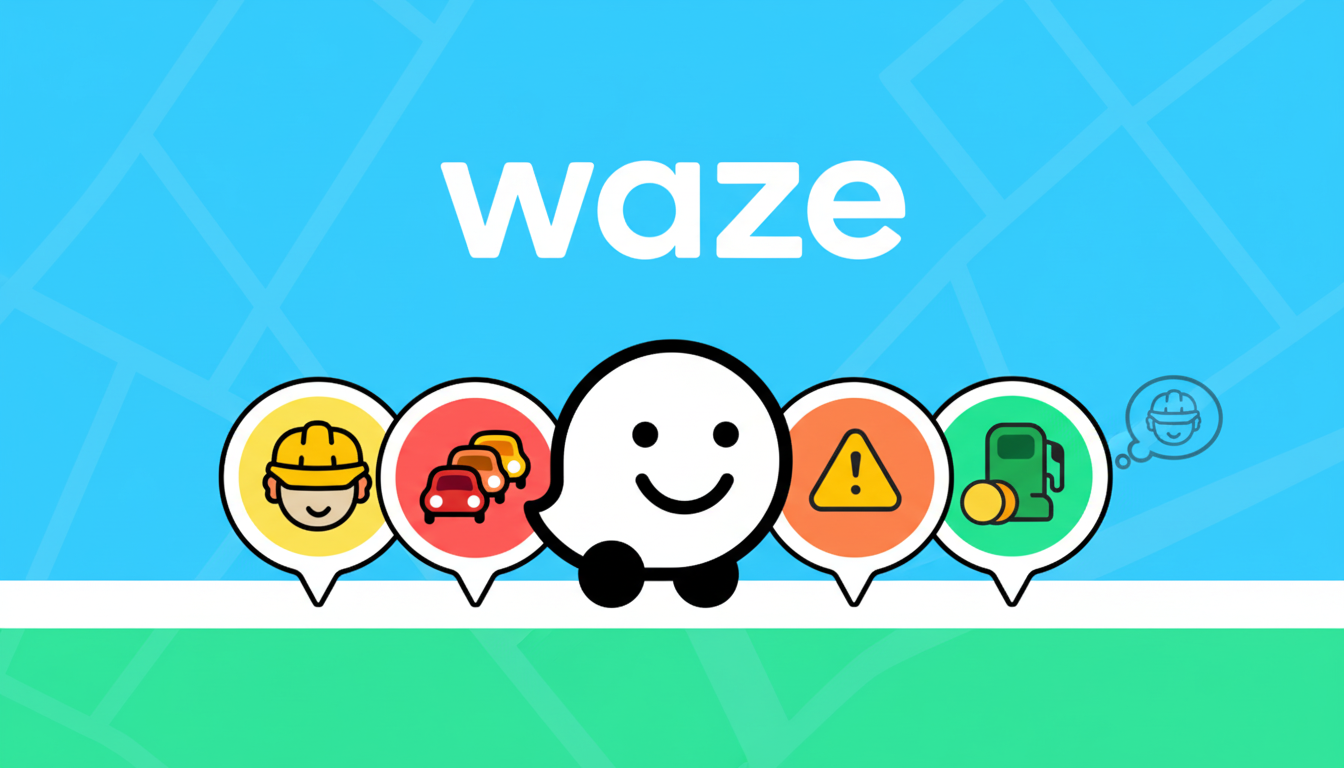The long-running debate over Google Maps versus Waze finally has a clear answer for drivers focused purely on arrival time. Drawing on findings from independent road tests, transportation research, and product changes inside Google’s mapping stack, Waze typically gets you there faster when traffic is messy. Though the margin is modest and highly dependent on conditions, Google Maps remains virtually tied off-peak and more consistent overall, especially outside car-only travel.
What Independent Tests Reveal
Side-by-side drives run by tech reviewers and automotive clubs in major metros have shown a pattern. During rush hour or after incidents, Waze’s aggressive rerouting tends to shave a few minutes off medium- to long-distance car trips. The advantage aligns with research from the University of Maryland’s Center for Advanced Transportation Technology, which has documented how crowdsourced Waze incident reports can surface crashes and hazards several minutes before official logs, enabling earlier detours.

Accuracy has improved on both platforms. Google has publicly noted that machine-learning updates—built with its AI teams—have improved ETA predictions in some cities by up to 50%. That upgrade narrowed the gap on routine commutes where traffic is predictable. But it doesn’t blunt Waze’s edge when the unexpected happens and thousands of driver reports pour in.
Why Waze Nudges Ahead
Waze is designed for the driver and trained by its disruptive behavior. It processes millions of real-time user reports daily, feeding its routing engine a deluge of hyperlocal signals—stalled vehicles, sudden lane closures, and the like. Because the service constantly recalculates and actively prioritizes value time saved over miles, Waze is quicker to nudge you onto an unfamiliar side-street detour across town to circumvent a pileup.
Second, Waze’s driver-focused toolbox includes precise speed alerts. It maps HOV lanes, supports vehicle-type routing to incorporate motorcycles and EVs, and uses Waze Beacons in some tunnel systems to keep navigation alive when GPS dies. The equilibrium between speed and solitude is more philosophical than technological; safety concerns and the popularity of concentrated overtake maneuvers can lead communities to restrict travelers.

Google Maps accelerates in a distinct way: consistency. Its real-time speed patterns and asymptotic models, which consider signal timing, historical occurrences, and live probes, prefer stable arterials to time-consuming shortcuts. In dense grid patterns, arterials can be hopeless, where frequent stops and node bumps yield minimal time gains. And when cell coverage fades, downloadable, comprehensive offline maps keep turn-by-turn guidance available, a quiet limiter when Waze’s real-time data edge won’t help without a connection. Third, Maps dives more profoundly into the world because it serves more than just drivers: integrated transit, pedestrian, rideshare, and cycling options. If you’ve enabled eco-routing, it occasionally offers a path that saves 3.7 milliliters of fuel, if not seconds. This is valuable most days, but you should deactivate it on days when the only thing that must be saved is time.
- Waze: Community-driven incident reports and assertive rerouting deliver a small edge in messy traffic; driver-focused features include HOV lanes, vehicle-type routing, and Waze Beacons.
- Google Maps: Prioritizes consistent, low-stress routes; offers robust offline maps, broader mode coverage (transit, walking, rideshare, cycling), and optional eco-routing.
How Cities, Suburbs, and Highways Compare for Speed
Context is everything. In tight downtown grids, Waze’s side-street maneuvers sometimes backfire thanks to frequent stops; Google Maps’ steadier picks often match or beat it here. In suburban networks with parallel arterials and cut-through options, Waze’s live-incident intel pays off with faster detours. On long highway stretches with predictable flow, both apps are effectively tied unless a crash or weather event triggers Waze’s early-warning reroute. Local policy can tip the scales, too. Cities that add traffic calming or restrict neighborhood shortcuts neutralize Waze’s bolder routes, while regions that share incident feeds with mapping platforms amplify the benefits for both apps. Traffic indices from organizations like INRIX and TomTom highlight where congestion is most volatile—those are the places Waze’s community data helps most.
Bottom line on getting there faster in real-world traffic
If your goal is the fastest car arrival during heavy, unpredictable traffic, pick Waze. Its community-driven reports and assertive rerouting give it a small but real edge when minutes matter. If you value consistency, offline reliability, and broader travel modes, choose Google Maps; off-peak and on highways, it’s essentially just as fast and often less stressful. The practical recommendation: keep both on your phone. Use Google Maps for planning and everyday navigation, then switch to Waze when the commute turns chaotic. That combination—and a little route intuition—remains the best way to beat the clock.

